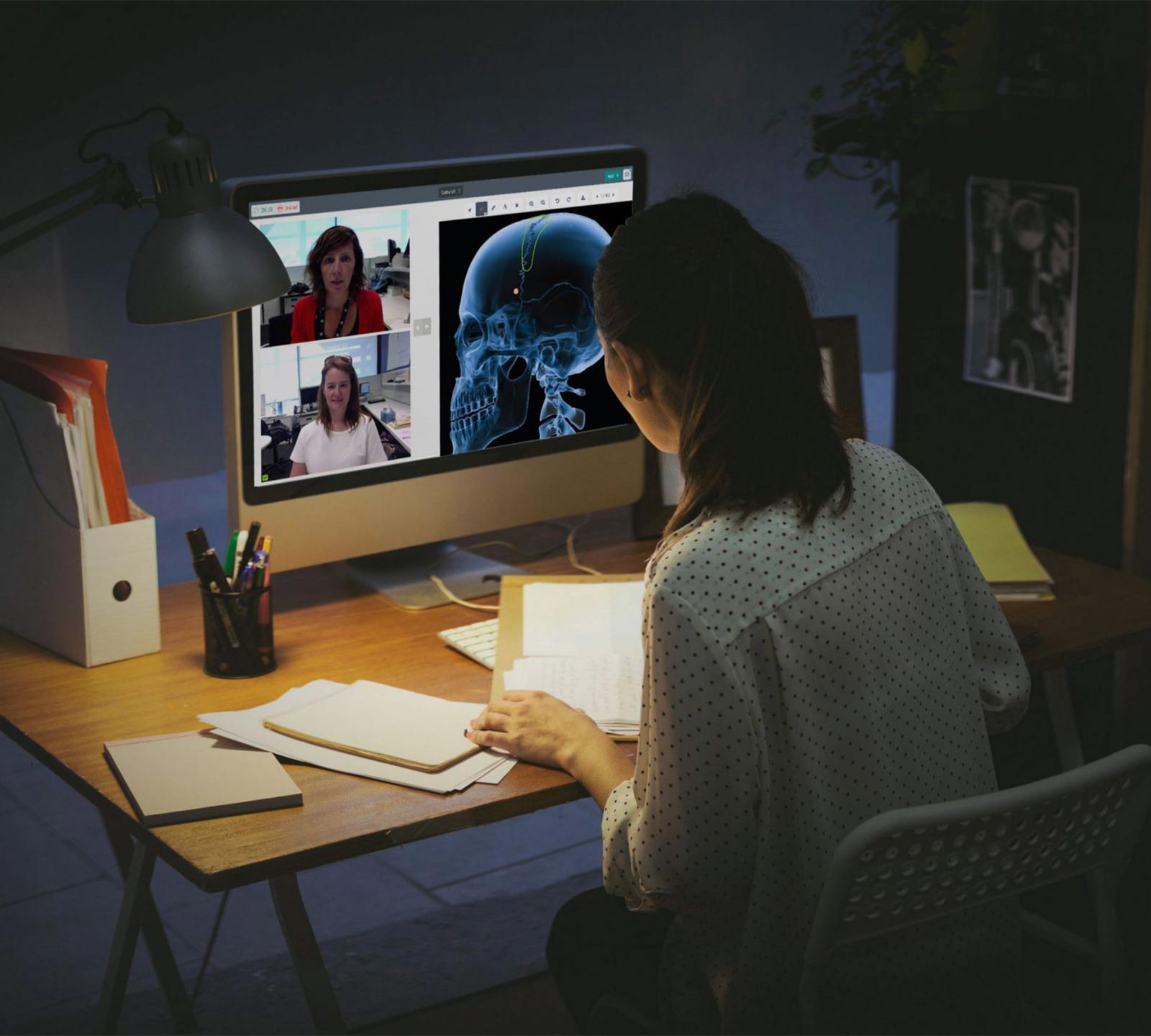Australian healthtech startup Harrison.ai has a bold vision to raise the standard of healthcare for millions of patients every day. Co-founder and CEO Dr Aengus Tran shares how it is bringing to life this vision in practice by using AI to scale clinical support and in doing so is making healthcare more accessible and equitable around the globe.
How did the idea for Harrison.ai come to life?
Having trained as a doctor, I quickly realised that one of the biggest issues facing our health system is the problem of capacity. Every country in the world can produce only X number of radiologists and pathologists every year, and each of those radiologists and pathologists can analyse X -number of cases. But the truth is that we can’t keep pace with the demand for the diagnostic tests globally.
One of the primary hurdles in healthcare today isn’t solely about discovering new treatments or innovative medications—although, undoubtedly, these are crucial aspects. Instead, it’s about achieving substantial improvements in health outcomes by just scaling up our existing efforts to reach more patients more frequently.
We believe we can use technology to make healthcare more accessible and bring equitable, something I believe is a fundamental human right. This principle underpins the creation of Annalise.ai, our division specialising in radiology solutions, and Franklin.ai, our pathology AI wing.
And this is also how we gauge our success: through number of live touchpoints – in other words, how many lives does our technology impact each year? We established the company four years ago soon we’ll be touching over six million lives annually. Our ambitious aim is to touch one million lives every single day.
You were clearly ahead of the curve when it came to seeing the potential for AI in healthcare?
There is no doubt AI has gone through quite a paradigm shift. When we started, the large language models that people know of today didn’t even exist. But from the very beginning, we have been focused less on the technology, and more on addressing the problem statement, which is the capacity of our healthcare workers. It just so happens, that in a complex area such as diagnostics and treatment, the only true way make that happen is with deep learning and AI.
What we do at Harrison.ai is to scale global capacity of diagnostic and treatment through automation. Using AI and machine learning to complement the efforts of our clinicians helps bridge the capacity gap faster.
Ultimately, although we utilise AI and advanced machine learning techniques, our primary objective remains addressing a fundamental health issue: ensuring equitable access to healthcare worldwide. This is why we have more doctors on our team than engineers.
How quickly is AI being adopted by health systems and how do they help clinicians in practice?
In the last 4 years, we’ve successfully expanded our user base significantly, both domestically in Australia and internationally. Today, one out of every three radiologists in Australia utilises our platform daily. Therefore, Australia stands out as one of the global leaders in the adoption of AI tools among radiology clinicians for their daily work.
What we constantly hear from clinicians is feedback around two main benefits. Firstly, what we call prioritisation and triage. The AI is able to look at chest X-rays and CT brain scans before the radiologist has cast an eye on them, and if there is a critical finding, like a brain bleed, it will flag it in their work list so they can immediately jump to those cases first rather than going through cases chronologically. It is like a superpower that they never had before.
The second thing is providing the clinician a second set of eyes over their work. It provides a safety net – think of it as very much like a spell checker for the radiologist. They’re looking at the scan, they are producing the diagnostic report, but before they sign off and send it out, they can check with our solution to see if there is any critical finding that they may have missed in that scan.
What is it like growing a global digital health company from Australia?
Australia is a great place to build a medtech business. Australia has a strong culture and history of growing global medtech businesses – think ResMed or Cochlear – and we see ourselves as the next generation in that same mould.
We’re solving a big global health problem, and I believe there has been a lot of benefit from the medical device development and safety culture that we have here in Australia. Also, we see Australia as a great place to do deep fundamental research in AI. Our university and tertiary education system have strong expertise in medical research as well as deep research capability in AI which is critical for ongoing innovation.
Building this evidence base is the foundation of your work with DHCRC?
Like I mentioned, our approach is heavily clinician-driven, and consequently, we place great importance on gathering real-world evidence of AI’s impact and the tangible value it generates. This goes beyond the anecdotal stories that are being shared with us by clinicians on a daily basis. It is critically important that we work with the health system, especially on the public side, to validate the utility and cost effectiveness of our tool within the context of Australia health system.
Currently we’re working with DHCRC, Macquarie University and Sydney Local Health District to, for the first time, provide and academic evaluation of our AI-assisted chest X-ray interpretation solution on clinical decision-making and patient management at the point of care.
The connections the DHCRC brings to researchers and universities, as well as the public health system, is invaluable in helping us all come together to identify the problem, proving the solution and ultimately paving the way for further adoption.


